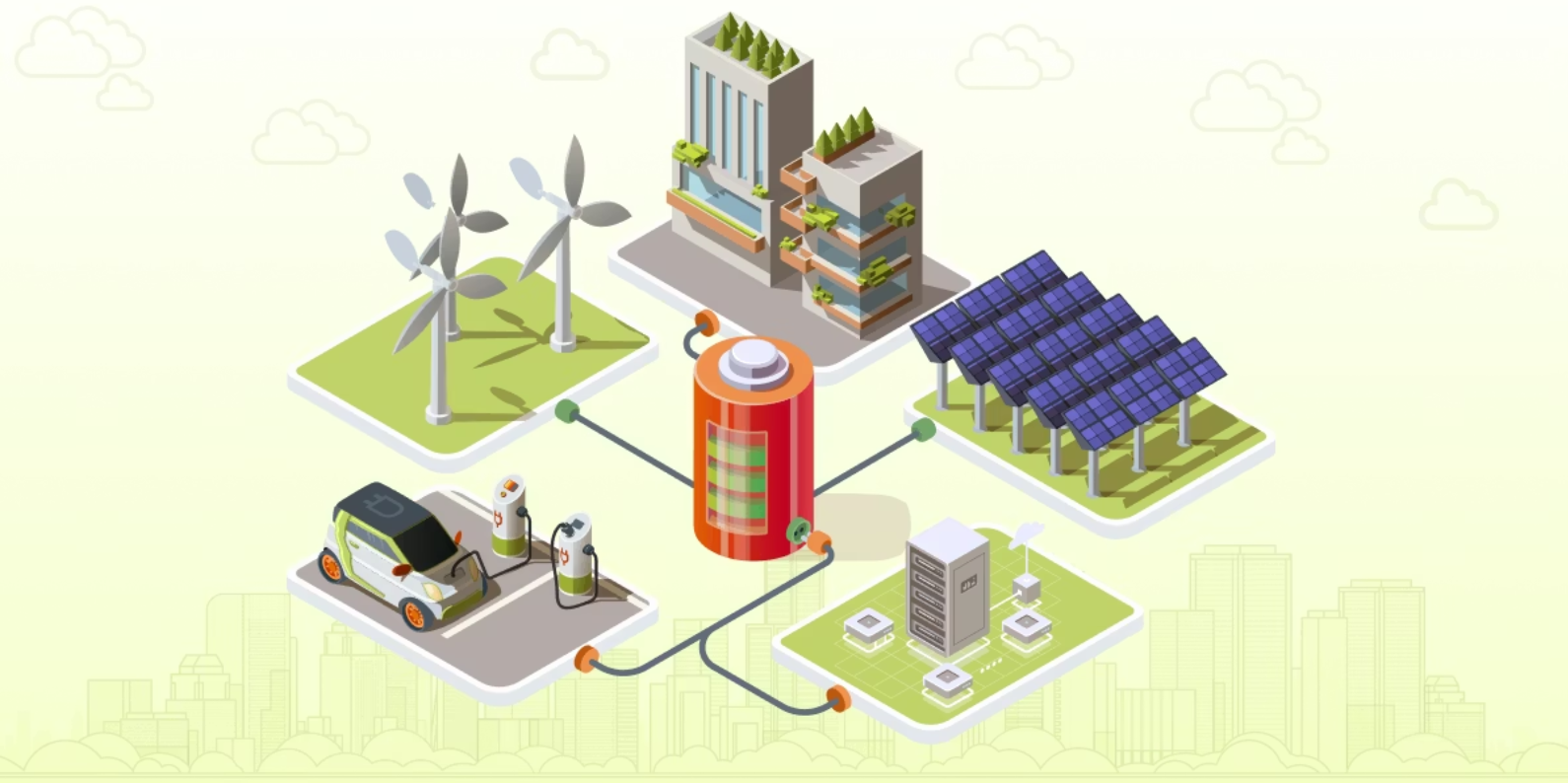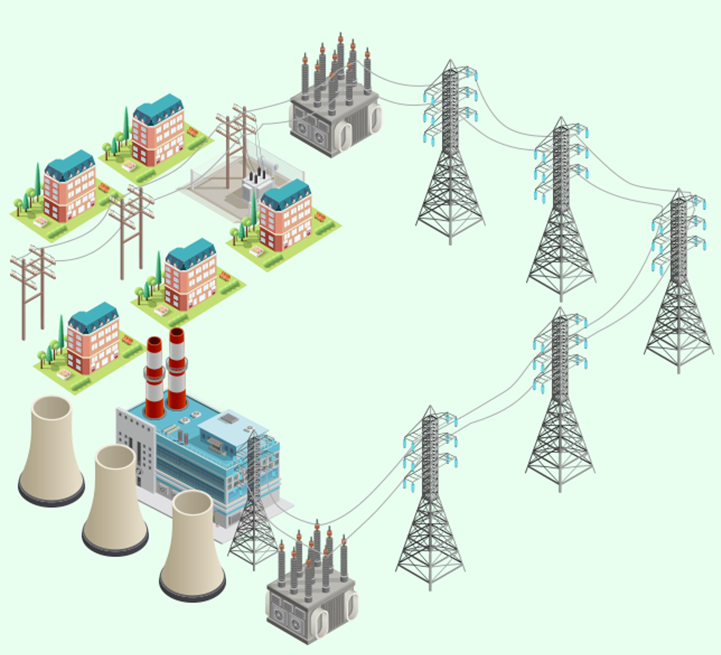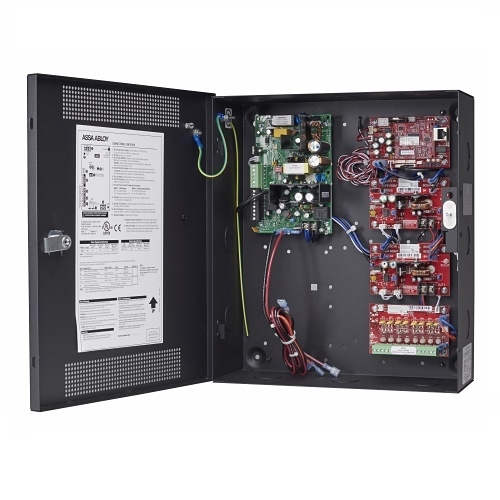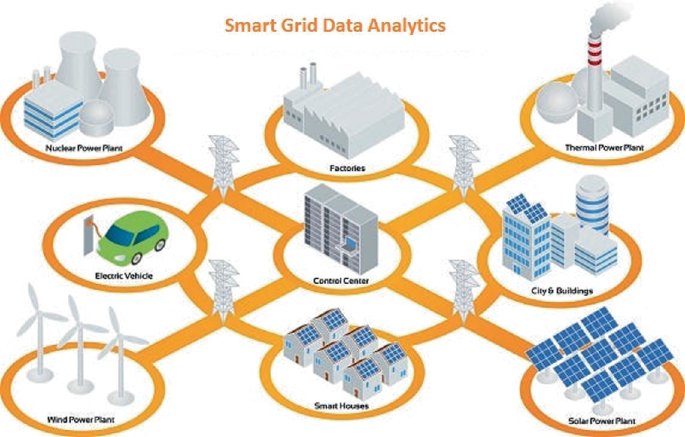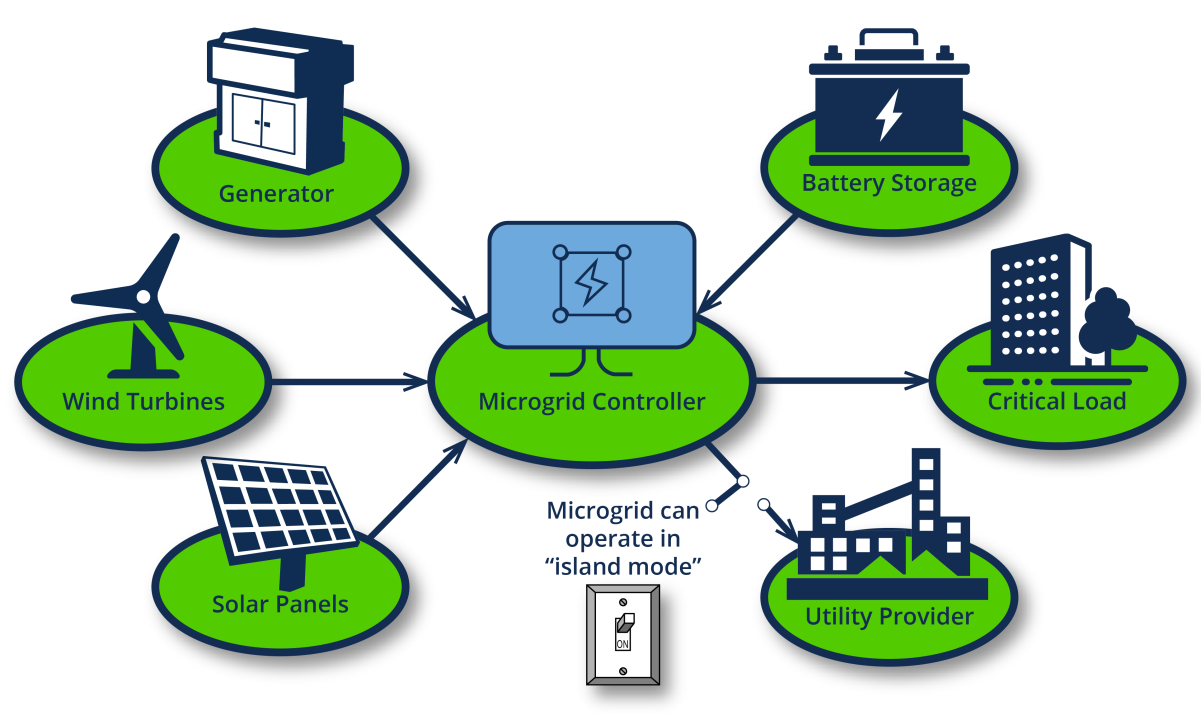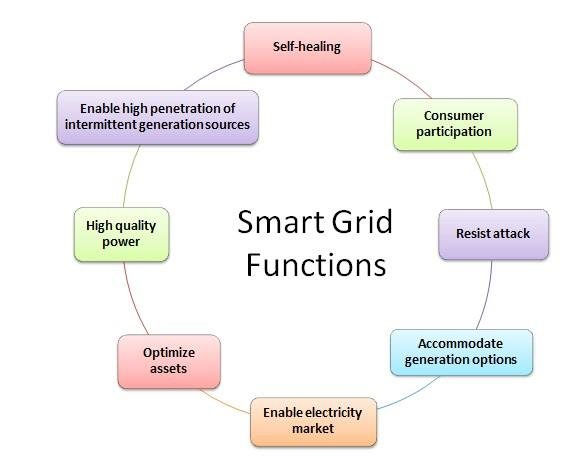Overview
In recent years, with rapid economic development, investment in smart grid construction has increased. The large scale of modern power grids makes scheduling more difficult and complex, placing higher demands on power systems. Power systems must monitor overall grid operation and quickly analyze relevant parameters to support more mature smart grid deployment.
Key communication requirements
- High-speed transmission: The smart grid requires low-latency communication and fast response, especially during peak periods when devices must collect and react to data in real time. Power communication systems should use high-speed transmission and processing technologies to ensure stable connectivity and rapid response and handling.
- High reliability: Communication systems must remain available during operation, without data loss or disconnections, to ensure normal grid operation. Achieving high reliability typically requires redundancy and multiple backup strategies.
- High security: Transmitted data are critical and must be protected through encryption, digital signatures, and comprehensive lifecycle security practices. Security policies and vulnerability management are fundamental components of the communication stack.
- Interoperability: Devices and systems come from different vendors and manufacturers, so they must be able to exchange data and operate together. Communication protocols should support interoperability to ensure connectivity and the integrity of information exchange.
- Scalability: As the smart grid evolves, communication systems must be scalable and adaptable. They should support a wide range of device types and accommodate changing data formats.
Required system functions
- Instant communication system (SIS): The SIS is intended to analyze and process grid operation data as soon as possible. It is built on modern internet technologies and reference power data networks. The SIS must upload power data promptly and include technical protections to safeguard information security.
- EMS (Energy Management System): The EMS organizes and classifies grid data. It collects the latest information from the grid, categorizes data by urgency, and forwards it to the instant communication system. To ensure accurate transmission, different types of information are sent via different interfaces and channels, which may operate at different speeds.
- Energy metering system: Metering systems must support segmented data storage and bidirectional measurement. These capabilities are important for billing and effective energy control. Metering systems should also handle automated data acquisition, preprocessing, remote communication, and statistical analysis, which are essential for integrating the grid with renewable energy sources.
- Demand-side management: Communication with end users is often performed over public wireless networks, resulting in a large number of endpoints with relatively low service density. Deploying appropriate mobile and public wireless communication technologies enables utilities to monitor customer electricity usage effectively.
Conclusion
Power communication systems must provide high-speed transmission, high reliability, high security, interoperability, and scalability. Only when these requirements are met and communication technologies continue to evolve can smart grid deployment be widely realized.
 ALLPCB
ALLPCB


